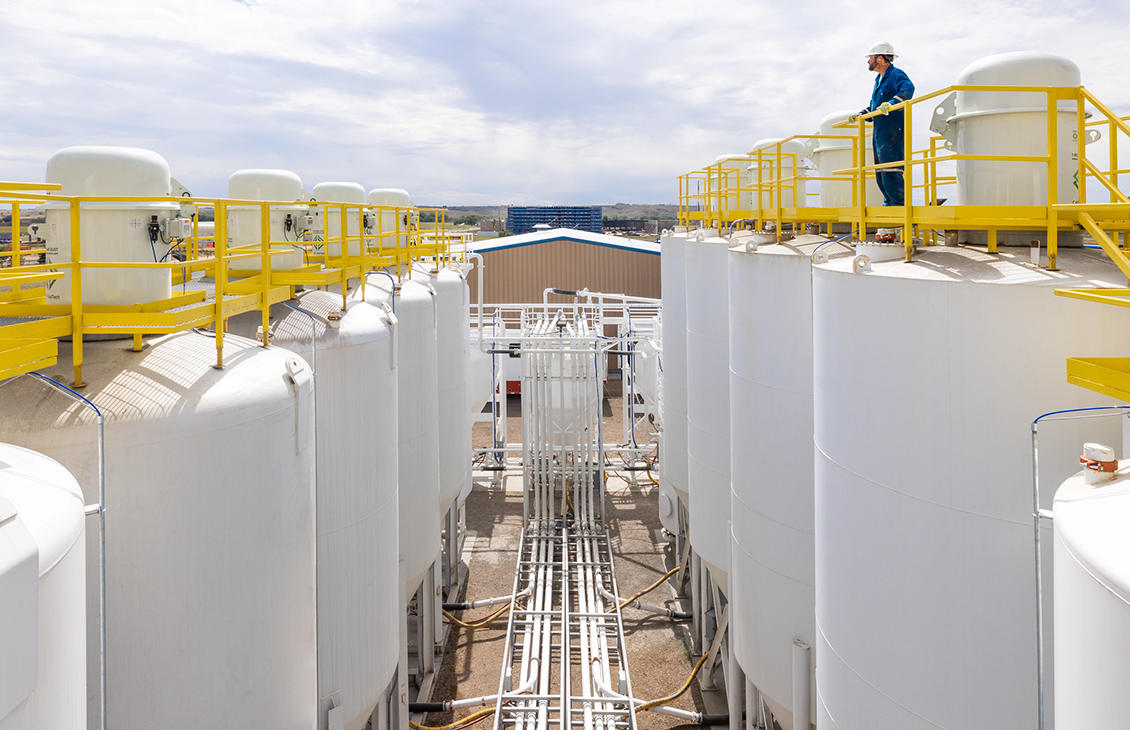Electric power grids are undergoing rapid transformation, driven by the global trends of decarbonization, decentralization, and digitalization. On the electric supply side, centralized fossil fuel generation plants are being replaced by renewable energy resources such as wind and solar combined with more grid-scale and customer-sided energy storage. On the demand side, consumers are transforming into “prosumers” by using distributed generation (e.g., installing their own solar panels) to meet their energy needs and feeding any excess electricity back into the grid. Meanwhile, the continued electrification of transportation and heavy industry has the potential to double electricity consumption over the coming decades and totally reshape the power grid!
Transformation of the power sector is one of the most important dynamics of the larger energy industry evolution. Many industries that traditionally relied on fossil fuels for their energy needs are switching to renewable-energy-powered electric grids. This has the potential to turn the current world order on its head with new technologies, nations, and players emerging to lead the energy transition.
Not to mention that, while the energy transition has been ongoing for the last two decades, it is now expected to accelerate rapidly to achieve the target of a net-zero global economy by 2050 (key to combating climate change). The World Energy Transitions Outlook 2022 published by the International Renewable Energy Agency (IRENA) predicts that around 74% of global energy supply will be served by renewable energy by 2050. It also projects that of that total renewable energy, 90% will come from renewable electricity generation including variable renewable energy (VRE) sources such as solar and wind.
VRE’s impact on power generation and consumption
To replace traditional, controllable power generation with VRE, power grids need both vast amounts of renewable energy and energy storage solutions that will compensate for the intermittent supply. But sustainable solutions must be affordable, reliable, and resilient for mass adoption.
Technology is key to addressing challenges in areas such as servicing base loads, providing inertia, frequency, and voltage support. We’ve seen large-scale coal and natural gas power plants be retired in the last decade as tech advancements, along with rapid price declines of both renewables and energy storage, have placed tremendous pressure on conventional power generation. The continuation of these cost trends together with a growing emphasis on decarbonization will accelerate this trend, putting even newer and more efficient fossil fuel generation at risk.
The electricity consumption profile of the future will also be notably different. Today’s load curve (the electricity demand curve over a 24-hour period) shows low consumption during midday hours and peaks every morning and evening. Traditionally, the loads are not very responsive, meaning that energy generation must be controlled to meet those peaks. A combination of flexible loads and energy storage, however, can make all the difference.
Smart, flexible loads—in combination with energy storage devices that shift excess generation from low consumption times to those of peak demand—will lead to flatter electricity demand curves that closely follow regional renewable energy profiles. This is a significant departure from the current paradigm of inflexible loads and low energy storage on the grid. And it will require considerable investments in operational tech for planning, optimization, and dispatch.
What does that mean from a business perspective? Today’s electricity markets are built on the concept of production costs driven by the fuel needs of conventional generators. Future grids will be based predominantly on tech that has zero or near-zero production (or operational) costs—tech such as solar, wind, and geothermal. As you can imagine, the abundant availability of such inexpensive energy will significantly impact the electricity market of the future. The focus will shift from conservation to productivity as cheaper, more sustainable energy is used to address long-standing global challenges such as hunger, poverty, pollution, and climate change.
When the sun doesn’t shine and the wind doesn’t blow
A power grid's ability to cope with fluctuating energy generation and balance supply and demand presents huge opportunities for tech innovation. The inherent variability of renewable resources may be challenging in isolation, but future grids can and must (given that electricity is the life blood of modern society) be highly secure and reliable.
So, what powers that reliability? (No pun intended.)
- High penetration of renewable energy resources
- High technology and geographical diversification
- Ongoing advancements in energy storage
- Improved demand-side management
- Evolving monitoring and control tech.
Climate change also impacts the reliability of an electric power grid. As evidenced by recent hurricanes, wildfires, and winter storms, climate change is making weather events more frequent and extreme. The growing consensus around the impact of human activity on climate is putting tremendous pressure on countries and corporations to take decisive action to fight climate change—power grids included. The effect (more like the expectation) calls for deep decarbonization, the electrification of demand across everything from heavy industry to residential appliances, and the hardening of grid infrastructure to withstand and recover from extreme events.
The final step—reaching the end user
Renewable energy plants are typically located far from population centers, often in remote regions such as deserts, oceans, and mountains. Great innovation and large investments are needed to build new infrastructure including high-voltage direct current (HVDC) as proposed by the OSOWOG initiative and intercontinental subsea transmission such as the proposed Australia-Asia Power Link.
The proliferation of distributed energy resources and microgrids, together with the electrification of two of the largest energy consumption sectors—transportation and heavy industry—will also put tremendous stress on distribution networks. It will create significant challenges for utilities, thereby opening the industry up to even more opportunities for tech innovation. In other words: there is no other solution than to adapt and evolve.
Climate change, altering geopolitical landscapes, high natural gas prices, and the need to recycle wind turbines, solar panels, and batteries are all challenges the industry must tackle to thrive and help our civilization survive. Not to mention the value of reclaiming and repurposing assets such as coal mines and oil and gas infrastructure.
The future can be bright, but only if renewable power generation and distribution becomes the more reliable and affordable option.




